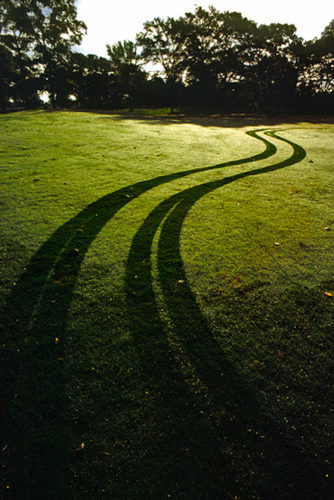I always have students feel compelled to put more things into their photos than they really need, and I’m a firm believer in the concept that “if more’s better then too much is just right”. However, when it comes to composition I always want to keep things relatively clean and simple, using Symmetry, Balance, and Order as starting points….although chaos can be a very good thing.
Invariably, photographers that sign up for my BPSOP classes that I teach online, and those that take my “Stretching Your Frame of Mind” workshops think that if they put in a lot of stuff the photo will look better…not so!
Painting is the art of addition, and coming from a background in painting and design, I would start out with a blank canvas on an easel. From there, I would add stuff and the appropriate pigments until I felt that I had enough of each to call whatever it was that I had just painted, a finished ‘work of art’.
That was then.
Photography is the Art of Subtraction.
Now, I put my camera on a tripod, look through the viewfinder, and see that everything is already there. My job now, as a photographer instead of a painter, is to take away enough stuff until I feel that I have a well composed and interesting photograph.
The interesting thing is that sometimes I look at images and see that there’s an opportunity to make a really good image—if the emotion of the scene had been identified and the distracting elements subtracted from the image.
Anything in your frame that doesn’t enhance it is a potential distraction. It only serves only to dilute the image (as the melted ice cubes dilutes the lemonade). In short, all things that do not strengthen the emotion of an image weaken the image.
Removing distractions is often as simple as tightening the composition, or re-positioning the camera; also thinking about keeping it clean and simple.
The Figure-Ground concept is another way. Figure-Ground is one of the concepts in the psychology of Gestalt, and refers to ways to separate the Figure (the subject) from the Ground (the background). By shooting with a narrow DOF, you can also eliminate unwanted stuff and make it work for you by being completely out of focus.
One of my favorite techniques for photographing colorful wildflowers and fall foliage is to narrow the range of focus until just a select part of my subject is sharp, softening the rest of the scene to an appealing blur of color and shape.
Most photographers have no problem seeing what to put in their images, but many struggle with what to leave out. Or how to do it.
Hired by a country club to photograph their re-modeled golf course for a brochure, I originally included a golf cart in this photo above. Since I had seen that shot a thousand times, I wanted something different; a little less predictable.
As a matter of course, I started taking things out that I felt weren’t really necessary to get the point across. The result was a photo that the viewer had a better chance in remembering since the viewer will always react to that which is the most different.
Visit my website at: www.joebaraban.com, and check out my workshop schedule at the top of this blog. Come shoot with me some time. This coming January Along with William Yu, I’ll be taking a group to China to photograph the flooded rice terraces and also the tribal villages. Next February in conjunction with the Santa Fe Workshops, I’ll be returning to Cuba for the fourth time. My next springtime workshop will Berlin next May; an incredibly beautiful city.
JoeB





